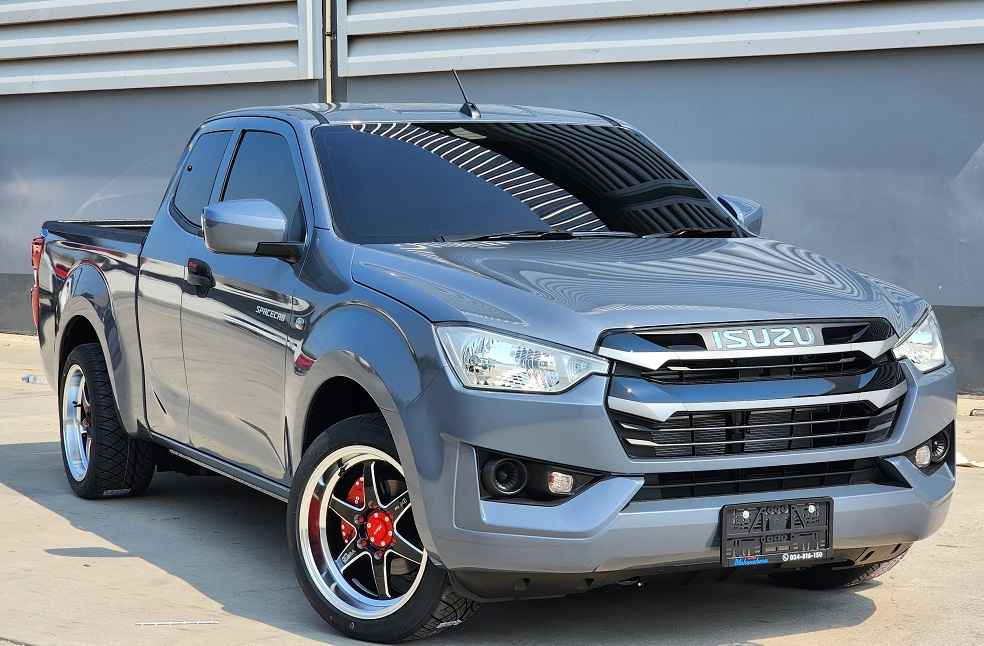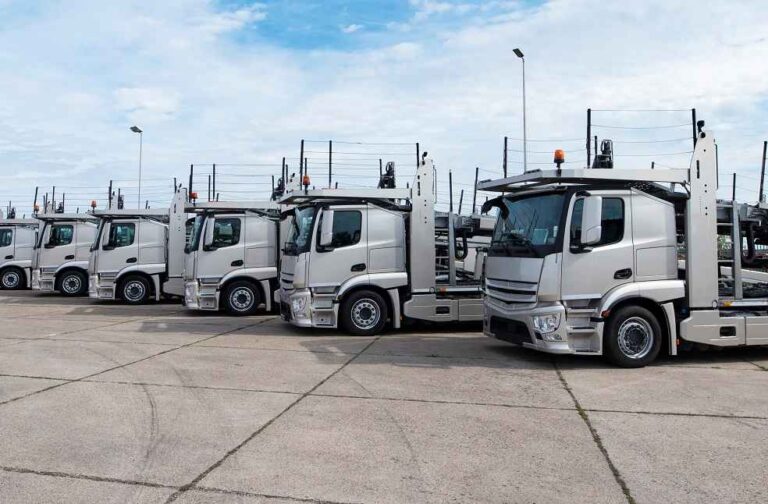Brand-new cars are lining up for shipment at the bustling export terminal of Dalian Port in northeast China, providing a firsthand look at China’s accelerating automobile exports. This flurry of activity underscores China’s swift ascent towards becoming the World’s Top Auto Exporter.
China’s General Administration of Customs (GAC) reports that the nation shipped 1.93 million vehicles overseas from January to May, an 80 percent increase year on year. Among these, exports of new energy vehicles (NEVs) grew to 457,000 units, a staggering 160% increase compared to the same period last year.
“If this trend continues, it is very likely that China will surpass Japan to become the world’s largest auto exporter in 2023,” said Cui Dongshu, secretary general of the China Passenger Car Association (CPCA).

In addition to traditional cars, China’s exports of electric passenger vehicles from Shanghai, the country’s largest port city for auto exports, grew by an impressive 152.9% year on year. This trend mirrors the increased global demand for sustainable transport solutions.
China’s push to dominate the global auto market isn’t limited to the massive scale of its exports. Domestic car makers, such as SAIC Motor and FAW, are also establishing a strong international presence.
SAIC Motor made its overseas market debut in March with a new self-operated sea route connecting China’s Ningde City with Mexico. In 2022, SAIC’s overseas sales crossed the 1-million mark, a first for a Chinese carmaker. The trend has continued this year, with sales already up 47.7% year on year.

China’s auto industry has also garnered support from foreign car manufacturers setting up operations in the country. Tesla China, for instance, exported approximately 38 percent of the 710,000 vehicles produced at its Shanghai Gigafactory in 2022.
NEVs remain a key focal point for China’s vehicle exports. Chinese manufacturers have adopted innovative strategies to capture market share in the fiercely competitive global NEV sector. Notably, SAIC’s NEV MG model, designed with an intelligent network interaction system that understands Thai, has garnered significant popularity among young consumers in Thailand.
China’s car exports are now seeing the fruits of targeting the European market, which overtook Asia as the biggest buyer of Chinese NEVs in 2021. SAIC’s MG MULAN model, designed with European consumer preferences in mind, has made significant inroads in nearly 30 European markets.
China’s electric carmakers are also making strides in Israel, where BYD and Geely Auto Group ranked first and second among all electric car brands from January to May.
Ron Yablon, General Manager of Geely Israel, notes, “China is far ahead of Europe and the United States in key core technologies such as pure electric vehicle platforms, fuel cell vehicles, power batteries, and third-generation semiconductors. In the future, Chinese auto brands will play a more important role on the global automotive stage and lead the development.”
Based on current trends and supported by the nation’s focus on technological innovation, China’s ambitious goal of becoming the world’s top auto exporter appears within reach. Its emphasis on NEVs highlights not only the nation’s manufacturing prowess but also its commitment to environmentally friendly solutions.
OBSERVATION: Hydrogen Fuel Vehicles Future; Brighter Than EVs?






